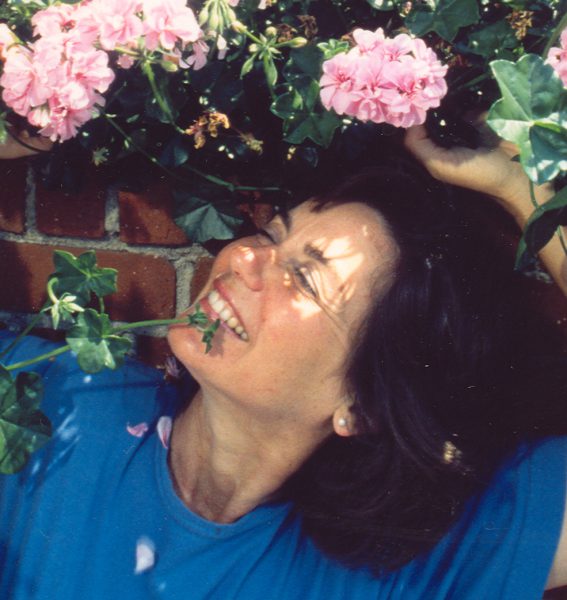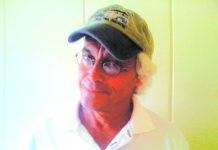 By Annlia Hill
By Annlia Hill
In the 1920s, Coast Highway was only a two-lane oiled road. It didn’t go north past Emerald Bay. To get to Newport Beach, one had to go inland via Laguna Canyon Road. And to get to town from Oak Street, one had to go up and over the hill at Sleepy Hollow.
And it wasn’t always called Coast Highway. Over the years, it or parts of it have been called Riverside Drive, Beach Street, Coast Road, Coast Boulevard and Spring Street. Today, it is the North Coast Highway north of Broadway, South Coast Highway south of Broadway to Nyes Place, and Coast Highway south of Nyes. It is not Pacific Coast Highway or PCH until one reaches Dana Point to the south and north of Newport Beach (which has East and West Coast Highway).

It was a big event when the coast road in Laguna was paved, widened and the grade lowered at Sleepy Hollow. The Alley Kids were thrilled watching the road being built, particularly the mixing and laying of concrete. Forms were laid, and concrete was poured in sections about 10’ square. At the time, no cement trucks transported pre-mixed concrete to the construction site. Each batch of several sacks of cement and a third of a dump truck load of sand and gravel were loaded into a mixer on site. A small dirt dam around the edge of each square kept water puddled on top of the concrete to prevent it from drying too fast and cracking. The Alley Kids sat on the curb and watched for hours.
This project also included the building of storm drains. The drain at Oak Street started in a low area on the inland side of the highway, where the Art of Fitness is today, and emptied at the cliff above the beach. This was a challenge to the kids; Walt crawled all the way through it! This episode was immortalized by Fletcher Palmer, a new Alley Kid with some artistic talent, who drew a cartoon head in the wet cement of the drain curbing and labeled it “Walt.” It lasted 50 years!

Although not yet completed, Laguna Beach’s portion of Coast Highway was officially launched Oct. 9, 1926, with great fanfare and the Alley Kids amongst the crowd. Film stars Douglas Fairbanks as “Mighty Vulcan the Blacksmith” (the ancient Roman god of fire) and Mary Pickford as “The Spirit of Progress” cut the ribbon. The Santa Ana Daily Register of Oct. 8 reported that a caravan of cars would start in Long Beach and head to Laguna to commemorate the opening of “Coast Highway.” The California Highway Bulletin of November 1926 described the grand affair: “Confident of what the new state highway means to the future of progress and prosperity of their respective communities, residents of the south coast cities celebrated recently the opening of the Newport-Laguna unit of the Oxnard-San Juan Capistrano highway. An allegorical pageant over the new coast route ended at Laguna in the forging of a great symbolic chain of friendship, linking together the beach communities from Long Beach southward to Serra.”
Completion of Coast Highway between Long Beach and Serra (San Juan Capistrano), where it joins the Los Angeles-San Diego state highway, came in the 1930s.
Construction of the full connecting road along the Pacific Ocean throughout California was completed in sections, and portions of the route were variously named over the years. The whole road was officially named Pacific Coast Highway in 1959, then SR 1 in 1964, but in Laguna, it is North or South Coast Highway. The city uses the North/South Coast Highway names on official documents, including those submitted to state agencies. In 2002, Caltrans posted a “Pacific Coast Highway” sign at the then-new traffic signal for the entrance to the Pavilions Shopping Center at Boat Canyon. A cry went up, and eventually, it was replaced with the local terminology “North Coast Highway.”
“The Mighty Vulcan” and the “Spirit of Progress” brought more traffic to Laguna and provided new entertainment for the Alley Kids. They started counting Fords and Chevys to see which was more popular. Fords won. But Auntie Coolidge’s Studebaker was the favorite. Auntie would take the kids up Laguna Canyon to the duck ponds, to Emerald Bay and Crystal Cove movie sets, to Newport Bay to gather cockle clams, to the lagoon at Aliso Beach to sail their little boats, and to Dana Point to picnic on the beach with no waves.
Laguna was growing. The population in 1930 was 1,981.
Annlia is a 50-year resident of Laguna Beach and married to a fourth-generation Lagunan. Having walked nearly every street and alley in town, she has observed firsthand the artistic charm and imagination of residents.




